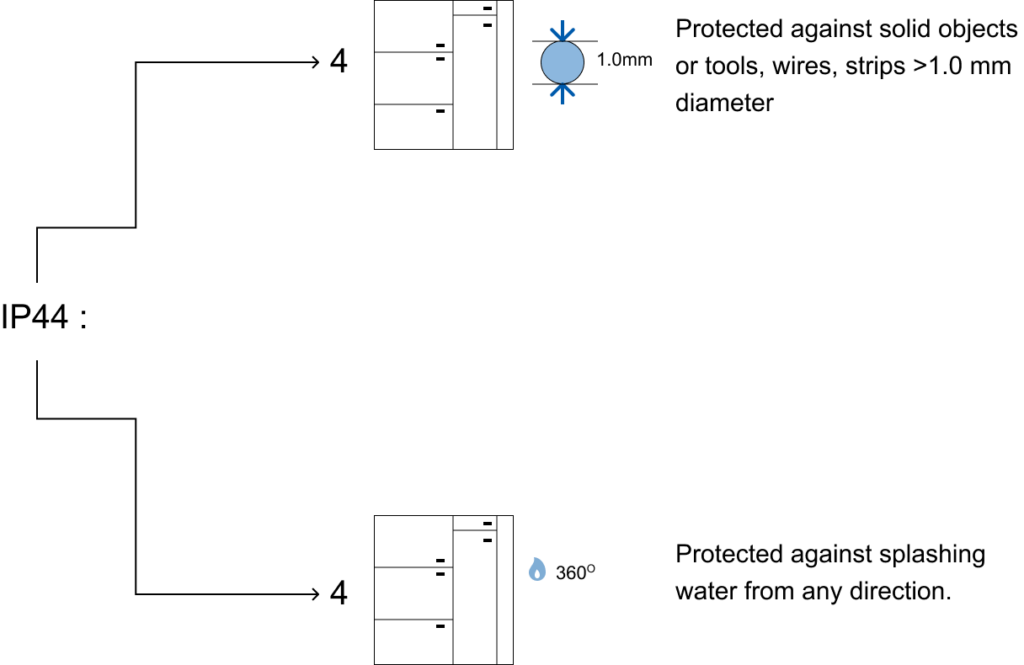- Modular InfrastructureGreen EnergyPower QualityComponentsNo data was found
TECHNICAL INFORMATIONS
The IEC 61439 series cover low-voltage switchgear and controlgear assemblies, including those used in connection with the generation, transmission, distribution, and conversion of electrical energy, as well as for controlling equipment consuming electrical energy.
There are 3 different methods of verification
It is a checklist to ensure that all of our switchboards are being build in accordance to the IEC 61439 standards. A total of 12 clauses, 10.2- 10.13 have been verified by these methods under the IEC 61439 standard.
No. | Characteristics to be verified | Clauses |
|---|---|---|
1 | Strength of material and parts | 10.2 |
2 | Degree of protection of enclosures | 10.3 |
3 | Clearances and creepage distances | 10.4 |
4 | Protection against electric shock and integrity of protective circuits | 10.5 |
5 | Incorporation of switching devices and components | 10.6 |
6 | Internal electrical circuits and connections | 10.7 |
7 | Terminals for external conductors | 10.8 |
8 | Dielectric properties | 10.9 |
9 | Temperature-rise limits | 10.10 |
10 | Short-circuit withstand strength | 10.11 |
11 | Electromagnetic compatibility (EMC) | 10.12 |
12 | Mechanical operation | 10.13 |
The fundamental change between the old and new standard is the elimination of type-tested assemblies (TTA) and partially type-tested assemblies (PTTA) in favour of the new design verification approach. This new approach was adopted to reflect current market and application requirements through a controlled and consistent approach.
IEC 61439 introduces stricter and more consistent temperature rise requirements, ensuring safer and more reliable switchgear assemblies.
IEC 61439 introduces stricter and more consistent temperature rise requirements, ensuring safer and more reliable switchgear assemblies.
IEC 529 outlines an international classification system for the sealing effectiveness of enclosures of electrical equipment against the intrusion into the equipment of foreign bodies (i.e., tools, dust, fingers) and moisture. This classification system utilises the letters ‘IP’ (Ingress Protection) followed by two digits. The first digit of the IP code indicates the degree that equipment is protected against solid bodies intruding into an enclosure. The second digit indicates the degree of protection of the equipment inside the enclosure against the harmful entry of various forms of moisture (e.g., dripping, spraying, submersion, etc.). Fuji SMBE’s M-Cube switchgear is designed specifically to IP 44.
A higher IP rating would result in poor ventilation of the switchboard and result in poor performance and de-rating of the components.
Therefore, the M-Cube is designed to IP 44 so as to balance safety and performance of the switchboard.
